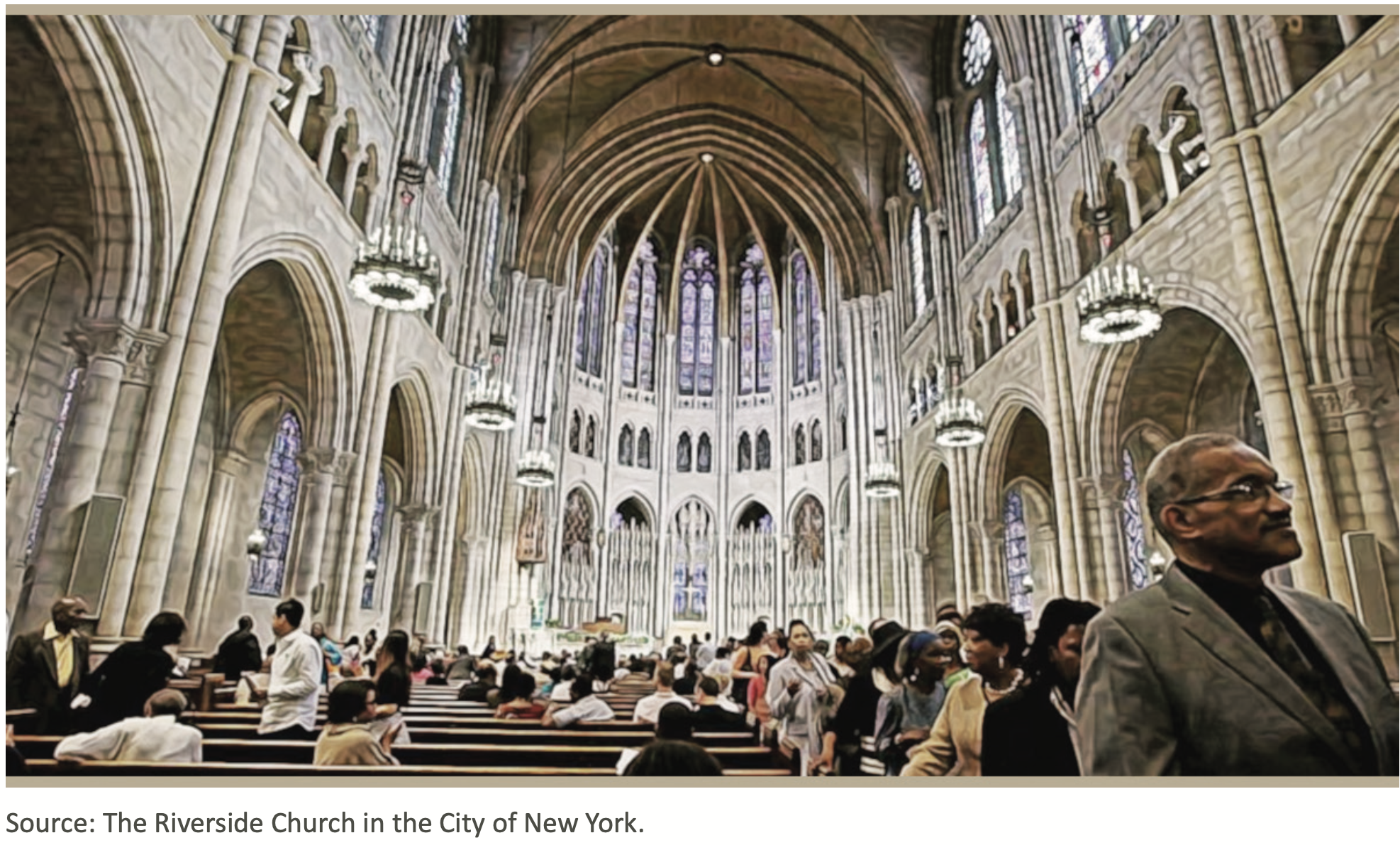
Known for its strong physical engagement and social interaction in worship—from holy hugs to high-fives—and its more traditional choir stands and fellowship halls, the Black church has had to make significant adaptations to the reality of Covid-19. Writing in the Washington Post (August 25), Mark Moore, Jr., a pastor and marketing consultant, notes that “[i]n addition to navigating families, congregations and communities through the loss of life and the subsequent trauma, many church leaders have had to deal with the added pressure of trying to find answers to impossible questions. Chief among them: What exactly do you do when your entire model hinges on the one thing you can no longer do—gather in person?” Attempting to survive this unprecedented season, congregations, clergy, and laity have mastered Zoom, Streamyard, vMix, and Restream as “new methods for hosting Bible studies, Sunday school lessons and, for some, even full worship services. Participants have shifted from attending these events in a sanctuary to viewing them on smart devices. Graphic designers are busy creating lower thirds and video frames to help disseminate information during live streams instead of just creating event fliers.”

Moore adds that “[s]ocial distancing has caused many large mass choirs to reduce to ensemble- size praise teams. In fact, many churches have replaced choir stands with virtual music ministry presentations. Many Black church budgets tend to be tight, so leaders are often making these shifts with limited resources.” But he sees signs of innovation that may outlast the pandemic. Before the virus, he hosted a large in-person leadership conference, with the event in 2019 bringing together 5,000 delegates to fill the Georgia International Convention Center’s 400,000- square foot space. Last year he decided to offer an online worship service from an empty room with only a band, some singers and no audience. During the first service streamed online, 50,000 people tuned in. “No large venue, no roaring crowds but we reached significantly more people….” With the pandemic, it is now more common for churches to consider themselves “multisite ministries,” having more than one location. “A church’s in-person location may be at 123 Main Street, but the second location is any place that has an Internet connection.” Moore concludes that “[i]f leaders view our ministries’ online presence as a separate church campus, then it needs some key systems in place to be effective. Methods to gather information about viewers are vital for churches to be successful. This is not just about preserving the institution; members need connection.”